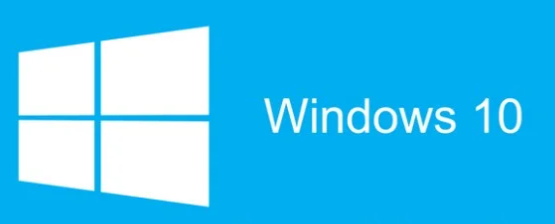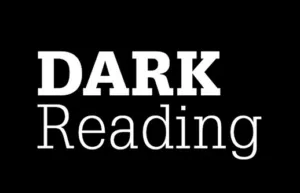Windows 10 isn’t ever getting any better!
It’s true. Windows 10 is the BEST it will ever be and Microsoft confirmed it. Windows 10 may have 73% of the market, it is the most popular OS in the world but the current release will be the last release of this popular operating system. Windows 11 is the upgrade to the OS that Microsoft said would be the “Last OS your PC will ever have.” (Of course, who really believed that anyway?)

So Win10 is on the slow decent into “End of Life” but what does that mean?
First, and foremost, it means that if you have Windows 10 machine on the network, you better start moving on your upgrade plans! While Win10 will still get security patches for a few years (until 10/14/25) it will not get any updates or patches that are not deemed to be security related. That means that it may not work right but if it’s not a security issue, it’s not getting fixed.
Understanding the Difference Between End of Updates and End of Life for Software
Software is an integral part of our digital lives, enabling us to perform tasks and stay connected to the world. But like everything else, software has a lifespan, and it’s essential to know the difference between the End of Updates and End of Life for software.
End of Updates
What is End of Updates? End of Updates refers to the point at which a software company no longer releases new features or improvements to a particular software version. The software may still be in use, but no new updates will be released to address issues or vulnerabilities. This means that the software will remain static, without any new features or updates, and may become increasingly obsolete.
End of Updates can happen for several reasons. The software may no longer be profitable for the company, or the company may have shifted its focus to other products. Alternatively, the software may have reached the end of its natural lifespan, and the company may have decided to invest in a newer, more advanced version.

End of Life
What is End of Life? End of Life (EOL) refers to the point at which a software company no longer provides support, security patches, or bug fixes for a particular software version. This means that the software will no longer receive updates, leaving it vulnerable to security threats and other issues. While the software may still function, it will not be actively maintained or supported.
End of Life typically occurs after a software version has been in use for several years. As newer versions are released, the company may decide to focus its resources on these new products, leaving older versions behind. It is important to note that EOL does not mean that the software will stop working, but it does mean that it will be unsupported, which can be problematic if issues arise.
What are the implications for End of Updates and End of Life? The implications of End of Updates and End of Life are significant, especially for individuals and businesses that rely on software to perform essential functions. End of Updates can mean that the software will become increasingly obsolete, with new technologies and features being developed that may not be compatible with the older version. This can result in decreased functionality and decreased productivity, which can be costly for businesses.
End of Life, on the other hand, can be much more severe. Unsupported software can be vulnerable to security threats, which can result in data breaches, system failures, and other issues. This can be especially problematic for businesses that store sensitive customer information, as a data breach can result in legal liability, fines, and damage to the company’s reputation.
What can you do? It is essential to stay informed about the software you are using and its lifecycle. This means keeping track of when a software version is approaching End of Updates and End of Life, and planning accordingly. For individuals, this may mean upgrading to a newer version of the software or finding an alternative product. For businesses, you should have an asset inventory and know exactly which machines need upgrading. If you don’t know this, why not? It’s basic security!
In conclusion, I understand that IT budget money doesn’t grow on trees but please consider that outdated software is like outdated milk in the refrigerator…eventually it has to go. While End of Updates may be less severe, it’s a great warning sign of things to come. End of Life can be much more severe, leaving unsupported software vulnerable to security threats and since you have 2 1/2 years to update them, there is no excuse.
Other MS Operating Systems and End of Life dates
| MS Operating System | EOL Date |
|---|---|
| Windows XP | 4/8/14 |
| Windows 7 | 1/14/20 |
| Windows 8 | 1/10/23 |
| Server 2012 ( and R2) | 10/10/23 |
Paul Bergman runs a business strategy and cybersecurity consulting company in San Diego. He writes on cybersecurity and board management for both corporate and nonprofit boards.
- The Imperative for Cyber Talent on Corporate Boards - March 29, 2024
- Talking CMMC preparation - March 12, 2024
- Protecting Your Business: Strategies to Combat DNS Attacks - February 20, 2024
